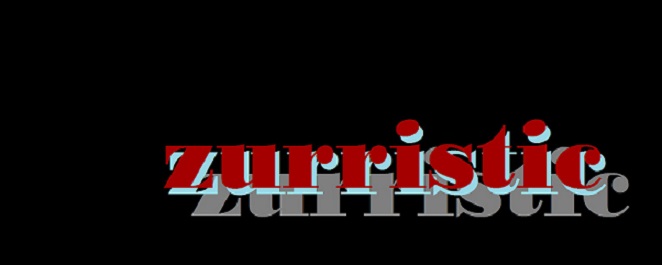
The E-Myth Revisited: Why Most Small Businesses Don't Work and What to Do About It
Review
"Gerber loves to exhort people to develop powerful visions for theircompanies." -- Fortune
"Thanks to Gerber l have freed up over three hours a day, significantly increased my sales, more than doubled my bottom line, and been able to take my first vacation in four years." -- Trish Lind, T. Lind Graphics, St. Paul, Minnesota
"Without a doubt, the most important message for our company over thenext decade." -- The John Hancock Insurance Group
In this first new and totally revised edition of the over two million copy bestseller, The E-Myth, Michael Gerber dispels the myths surrounding starting your own business and shows how commonplace assumptions can get in the way of running a business. Next, he walks you through the steps in the life of a business -- from entrepreneurial infancy through adolescent growing pains to the mature entrepreneurial perspective: the guiding light of all businesses that succeed -- and shows how to apply the lessons of franchising to any business, whether it is a franchise or not. Finally, Gerber draws the vital, often overlooked distinction between working on your business and working in your business. After you have read The E-Myth Revisited, you will truly be able to grow your business in a predictable and productive way.

Enough: True Measures of Money, Business, and Life
Written by John C. Bogle–the legendary founder of the Vanguard Mutual Fund–Enough. offers his unparalleled insights on money, the values we should emulate in our business and professional callings, and what we should consider as the true treasures in our lives. Inspired in large measure by the hundreds of lectures Bogle has delivered to professional groups and college students in recent years, this book will help you discover what it really means to have "enough" and how close you are to really having it.
..
If you are wondering about the cause of the current market crisis, then you haven't been reading enough of Jack Bogle.
Because he certainly knows not only where, but why and how. For decades Jack has been communicating his disquiet in previous books, speeches, and public testimony. Years from now, when historians and investors dissect the economic and market meltdowns of 2008, they'll consult this slim, well-written volume.
In order to understand the intellectual and moral platform from which he surveys the economic wreckage, you need to know a little of his story. Bogle founded one of the world's great investment companies, the Vanguard Group. Most men in his situation would have levered such success into a multi-billion-dollar net worth; instead, he "mutualized" Vanguard, converting it, in effect, into a nonprofit organization whose only goal was to benefit its fund holders. From an ethical perspective, Vanguard is the only "investment company" worthy of that name. (As opposed to most financial firms, which are in fact "marketing companies" whose main purpose is to milk unwitting investors of fees and commissions.)
The answer to the conundrum of 2008 lies in the book’s title, "Enough," which is the punch line from a delightful Kurt Vonnegut/Joseph Heller story. Simply put, our nation has been suffering from decades of unchecked financial excess, for which we are now paying the piper: excess in investment company fees; excess in financial speculation masquerading as diversification and innovation; excess in the salaries of top executives; excess in salesmanship; and most importantly, excess in the role played by the financial industry in our national economy and national life.
Each of these excesses gets its own chapter, and each one is a tightly written gem. Chapters 2 and 3, which dissect out the frenzy of derivatives, structured vehicles, and layers of intermediation behind the recent collapse, alone justify the book's purchase price.
As Bogle states in the book's beginning, in the spring of 2007 the financial services sector--which, after all, produces nothing of substantive value--accounted for one-third of the earnings of the S&P 500. By the time you read this, this outsized influence will have shrunken drastically. Let Enough be your welcome to the brave new world; it will satisfy your curiosity, give you a sense of moral balance in this most materialistic of ages, and even plump up your investment portfolio.
--William J. Bernstein




